The scattering of helium atoms off a crystal surface reveals how defects in the crystal’s lattice influence its ability to transport heat.


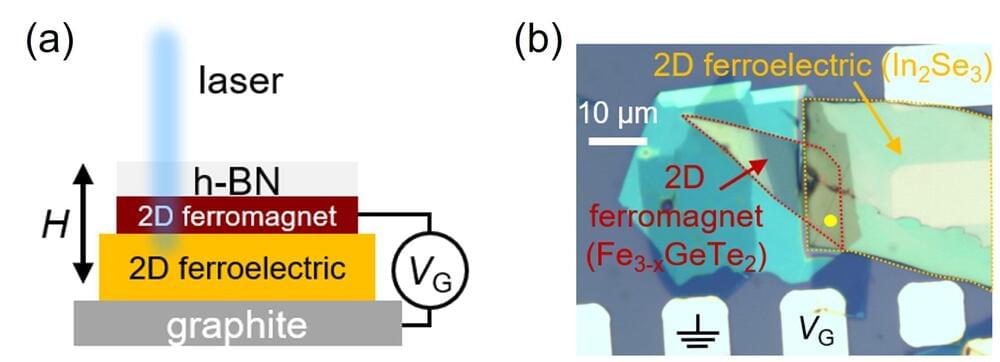
As artificial intelligence technologies such as Chat-GPT are utilized in various industries, the role of high-performance semiconductor devices for processing large amounts of information is becoming increasingly important. Among them, spin memory is attracting attention as a next-generation electronics technology because it is suitable for processing large amounts of information with lower power than silicon semiconductors that are currently mass-produced.
Utilizing recently discovered quantum materials in spin memory is expected to dramatically improve performance by improving signal ratio and reducing power, but to achieve this, it is necessary to develop technologies to control the properties of quantum materials through electrical methods such as current and voltage.
Dr. Jun Woo Choi of the Center for Spintroncs Research at the Korea Institute of Science and Technology (KIST) and Professor Se-Young Park of the Department of Physics at Soongsil University have announced the results of a collaborative study showing that ultra-low-power memory can be fabricated from quantum materials. The findings are published in the journal Nature Communications.
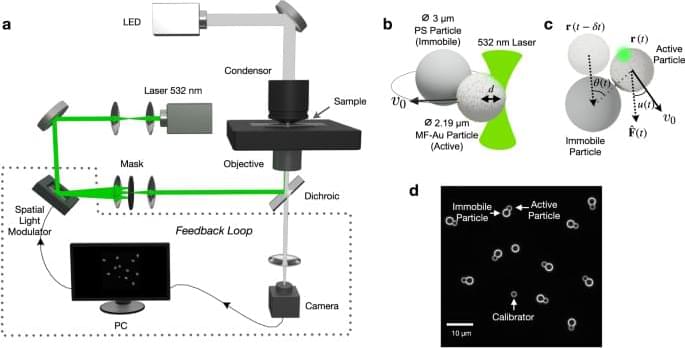
The ability of living systems to process signals and information is of vital importance. Inspired by nature, Wang and Cichos show an experimental realization of a physical reservoir computer using self-propelled active microparticles to predict chaotic time series such as the Mackey–Glass and Lorenz series.
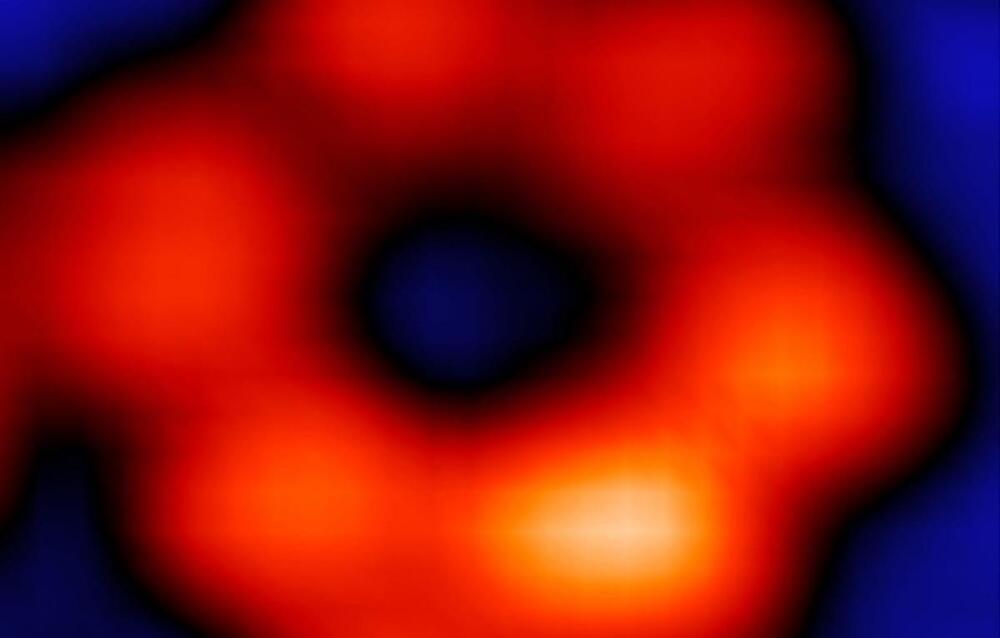
For the first time, a team of scientists has imaged a single atom by using X-rays. And according to the resulting study published in the journal Nature, it offers transformative advantages over other techniques.
“Atoms can be routinely imaged with scanning probe microscopes, but without X-rays one cannot tell what they are made of,” study co-author Sai Wai Hla, a physicist at Ohio University and the Argonne National Laboratory, said in a press release.
“We can now detect exactly the type of a particular atom, one atom-at-a-time, and can simultaneously measure its chemical state,” Hla added. “Once we are able to do that, we can trace the materials down to the ultimate limit of just one atom.”

Collisions of high energy particles produce “jets” of quarks, anti-quarks, or gluons. Due to the phenomenon called confinement, scientists cannot directly detect quarks. Instead, the quarks from these collisions fragment into many secondary particles that can be detected.
Scientists recently addressed jet production using quantum simulations. They found that the propagating jets strongly modify the quantum vacuum—the quantum state with the lowest possible energy. In addition, the produced quarks retain quantum entanglement, the linkage between particles across distances. This finding, published in Physical Review Letters, means that scientists can now study this entanglement in experiments.
This research performed quantum simulations that have detected the modification of the vacuum by the propagating jets. The simulations have also revealed quantum entanglement among the jets. This entanglement can be detected in nuclear experiments. The work is also a step forward in quantum-inspired classical computing. It may result in the creation of new application-specific integrated circuits.

“The memory requirements for PRIYA simulations are so big you cannot put them on anything other than a supercomputer,” Bird said.
TACC awarded Bird a Leadership Resource Allocation on the Frontera supercomputer. Additionally, analysis computations were performed using the resources of the UC Riverside High-Performance Computer Cluster.
The PRIYA simulations on Frontera are some of the largest cosmological simulations yet made, needing over 100,000 core-hours to simulate a system of 30723 (about 29 billion) particles in a ‘box’ 120 megaparsecs on edge, or about 3.91 million light-years across. PRIYA simulations consumed over 600,000 node hours on Frontera.
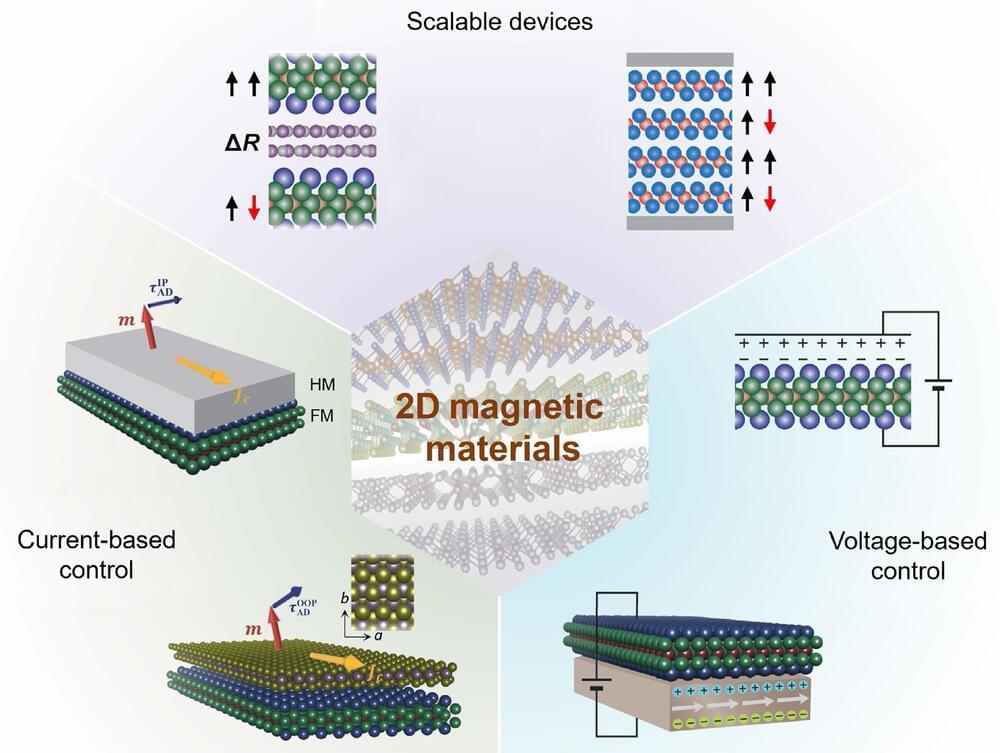
Liu, C. S.; Chen, H. W.; Wang, S. Y.; Liu, Q.; Jiang, Y. G.; Zhang, D. W.; Liu, M.; Zhou, P. Two-dimensional materials for next-generation computing technologies. Nat. Nanotechnol. 2020, 15, 545–557.
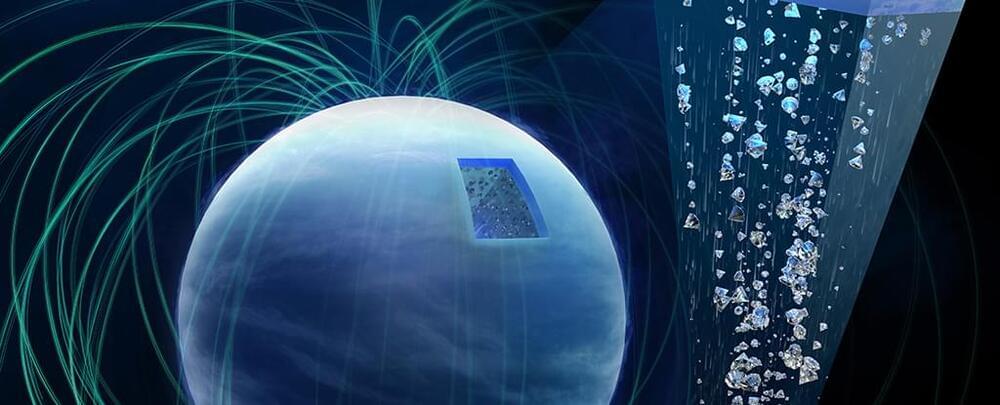
So cool and fascinating!!
If it were ever possible to take a flight through the extreme conditions of Neptune’s atmosphere, we might experience the fascinating phenomenon of diamond rain tapping at our window.
According to a new study by an international team of researchers, such a blizzard of bling could be relatively common throughout the Universe.
Carbon can link into a crystal on giant, icy gas planets like Neptune and Uranus because of the ultra-high temperatures and pressures deep down in the atmosphere. These conditions break up hydrocarbons like methane, allowing the carbon atoms within to connect with four others and make particles of solid diamond.
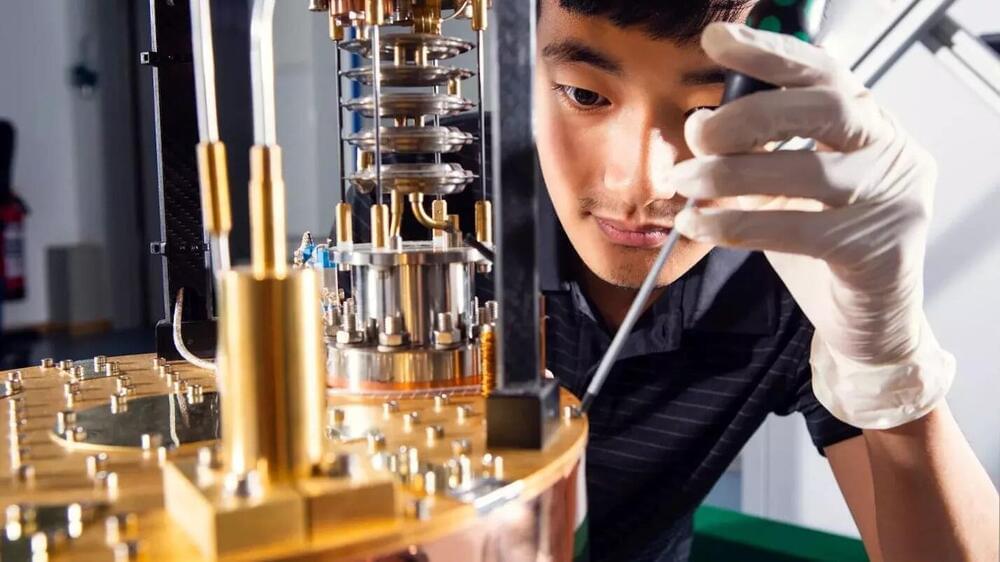
Electrons that spin to the right and the left at the same time. Particles that change their states together, even though they are separated by enormous distances. Intriguing phenomena like these are completely commonplace in the world of quantum physics. Researchers at the TUM Garching campus are using them to build quantum computers, high-sensitivity sensors and the internet of the future.
“We cool the chip down to only a few thousandths of a degree above absolute zero—colder than in outer space,” says Rudolf Gross, Professor of Technical Physics and Scientific Director of the Walther Meissner Institute (WMI) at the Garching research campus. He’s standing in front of a delicate-looking device with gold-colored disks connected by cables: The cooling system for a special chip that utilizes the bizarre laws of quantum physics.
For about twenty years now, researchers at WMI have been working on quantum computers, a technology based on a scientific revolution that occurred 100 years ago when quantum physics introduced a new way of looking at physics. Today it serves as the foundation for a “new era of technology,” as Prof. Gross calls it.
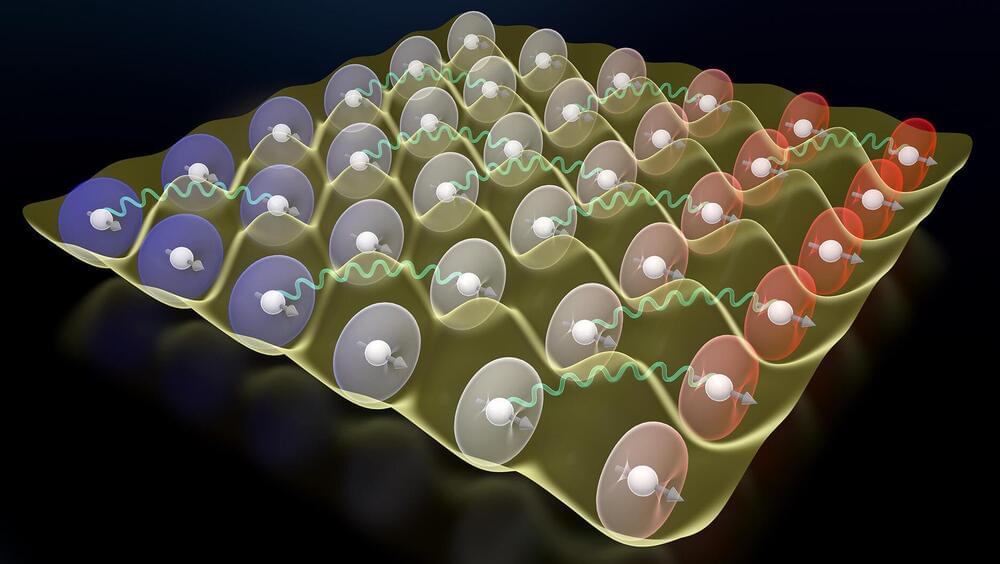
In a new study published in Science today, JILA and NIST (National Institute of Standards and Technology) Fellow Jun Ye and his research team have taken a significant step in understanding the intricate and collective light-atom interactions within atomic clocks, the most precise clocks in the universe.
Using a cubic lattice, the researchers measured specific energy shifts within the array of strontium-87 atoms due to dipole-dipole interactions. With a high density of atoms, these mHz-level frequency shifts—known as cooperative Lamb shifts—were spectroscopically studied. These shifts were studied spatially and compared with calculated values using imaging spectroscopy techniques developed in this experiment.
These cooperative Lamb shifts, named because the presence of many identical atoms in a tightly confining space modifies the electromagnetic mode structure around them, are an important factor as the numbers of atoms in clocks continue to grow.